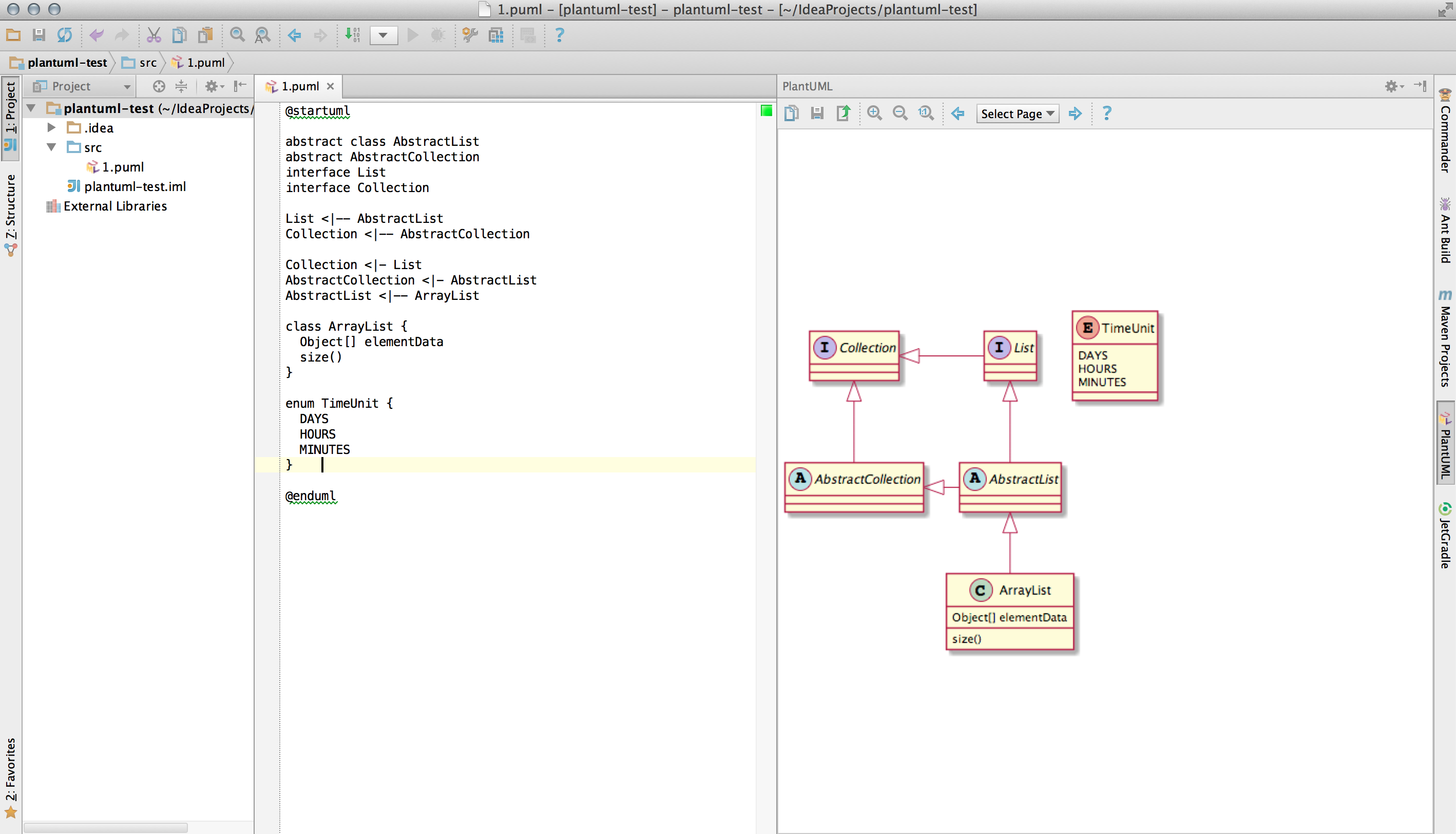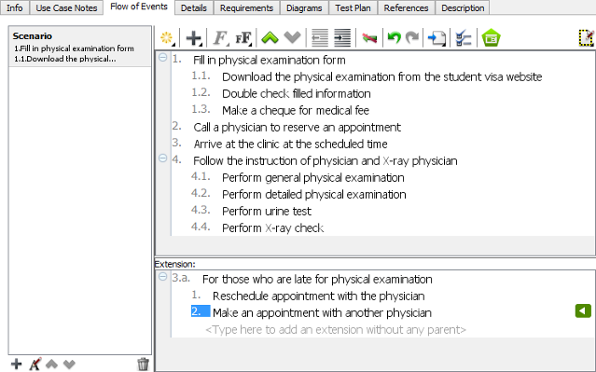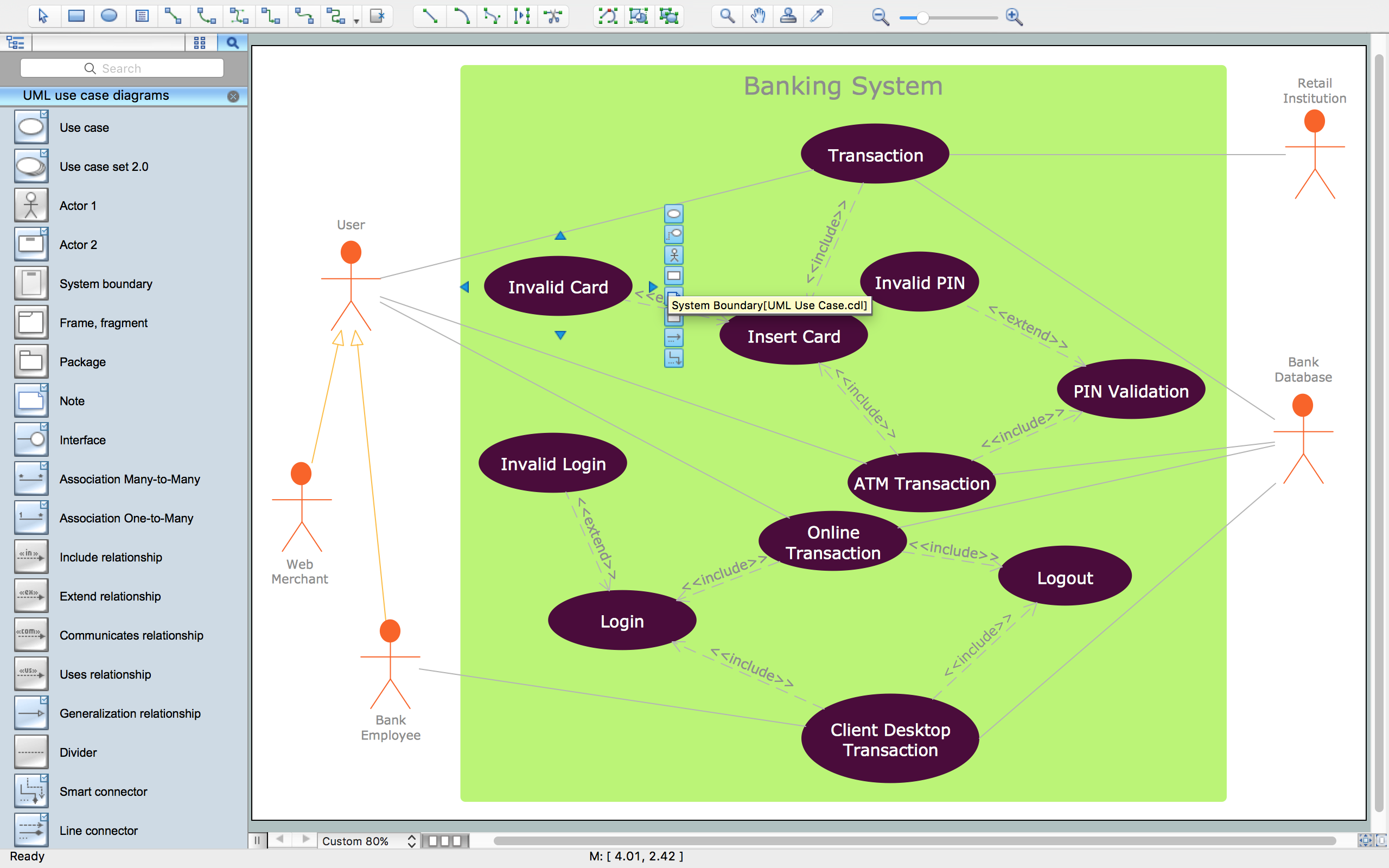Add a Microsoft Office Visio UML diagram to a Visual Studio solution. In Visual Studio, in the Solution Explorer, select a solution. On the Project menu, click Add New Item. In the Add New Solution Item dialog box, click Visio Files, and then click UML. Under Templates, click a UML diagram, and then click Open. Visio launches, and the new UML diagram file opens for editing. Visual Studio for Mac.NET. Azure DevOps. UML use case diagram in vs2017 RC Enterprise Edition. Windows 10.0.14393 visual studio 2017 installer rc Setup. 2017 at 08:15 AM. I tried to use UML use case diagram, integrated in VS2017 RC Enterprise Edition, but it is not availble in menu 'architecture' so I thought I disabled it may.
FTP Rush 2.1.8
FTP Rush is a free comprehensive FTP client for smooth file transfer. The program offers fully-fledged functionality delivered in a user-friendly interface and allows experienced users to create...
Crypt4Free 5.47
Crypt4Free is files encryption software with ability to encrypt files and text messages. Support for ZIP files and ability to secure delete sensitive files. Skinnable user friendly interface.
Luxand Blink! 2.0
Login to your PC without touching a thing! Luxand Blink! is a free tool to let you log in to your Windows account by simply looking into a webcam - no passwords to type and no fingers to scan.
InTask Personal 1.5
InTask designed to help team leaders, developers and QA persons to share their efforts and deliver the products on time. The product includes fast task management, interactive gantt, document...
Pop-up Free 1.56
Get rid of annoying popup windows and enhance your Web surf experience. Kill unexpected popup windows and protect your privacy. No more annoying advertisement windows and save your time.
Glary Utilities Portable 2.56.0.8322
One Click A Day For PC Maintenance, Keeps Any PC Problems Away. With 7 million worldwide users, the first-rank & free Glary Utilities is an INDISPENSABLE friend for your PC, with its 100% safe,...
VPSpro 3.695
VPSpro is the ultimate in the creation of financial projection and general business plans. The unique walk-through process is simple to use and makes easy work of the hard parts of business planning.
Rylstim Budget Lite 4.5.1.6376
Plan and manage your finances with a simple friendly calendar. Perfect solution for home users and freelancers!
Neox Screen 1.0.0.277
Neox Screen is a free application which with the help of the hotkeys you can take screenshots that are crystal sharp, small in size and ready to be shared.
EMCO Remote Installer Free 4.1.1
This free remote software deployment tool is designed to install and uninstall Windows software on remote PCs through local networks. You can use it to install and uninstall EXE setups and MSI...
Designing a new feature? Trying to figure out someone else’s code? Got a class diagram completed and need to start coding? Take advantage of the modelling features in Visual Studio to save yourself some time!
Using an agile methodology doesn’t mean you never document or design anything. The class diagram is still a great tool to help you design a new application or to visualize an existing application so you can plan a new feature. Using Visual Studios architecture features can save you time on documentation or digging through files so you can focus on the design and implementation.
In this post we will look at how you can use Visual Studio 2013 to
- Create a new Class Diagram
- Create a class diagram from existing code
- Generate code from a class diagram
Note: The architecture features described in this post are only available in Visual Studio Ultimate. If you are you a student in a technical program check if your department has DreamSpark Premium which gives you access to Visual Studio Ultimate.
In Visual Studio choose File | New Project | Modeling project. The Modeling project is only available in Visual Studio Ultimate.
Go to Solution Explorer, right click in the project and choose Add New Item and select UML Class Diagram.
As you can see from the screenshot below you are not limited to class diagrams, you can also create Sequence, Use Case, Activity Diagrams and more.
Once you create a class diagram, you will see the modelling objects in the Toolbox. Drag and drop the classes, associations and inheritance diagram elements to your class diagram. If you need it, here is the documentation for How to Edit UML Models and Diagrams
Open a C# project (this feature is not supported for all programming languages at the moment)
From the menu choose Architecture | New Diagram. If you can’t find Architecture in the menu, your version of Visual Studio may not support this feature, this feature is only available in Visual Studio Ultimate.
Select the diagram you want to create, e.g. UML Class Diagram, UML Sequence Diagram. You will be prompted to provide a name for the diagram and a modelling project to contain your diagrams.
You will see a blank Class Diagram
Because we want to add existing code to our model instead of drawing new objects manually, go back to the menu and select Architecture | Windows | Architecture Explorer. This will open a new window where you can see all the namespaces in your project. We will use this window to select the elements we want included in our class diagram.
In Architecture Explorer, expand the Namespace that contains the classes you want to add to your diagram. Select the elements you want to include in the diagram and then select the Create a new graph from selected nodes button in the top left corner of the Architecture Explorer Window

Visual Studio will reverse engineer the code and create a class diagram for the selected elements.
I am not going to go into all the details of how you navigate the architecture explorer window and select individual elements, I just want you to be aware of the capability to create class diagrams from your code. For more complete documentation visit Create UML Class Diagrams from Code.
When you have a class diagram you can use the Generate Code command to create C# for your classes.
Open your modelling project with the class diagram and select the class or classes you want to create as code. Right click the selected element or elements and select Generate Code from the pop-up menu.
By default you will get a single file created for each class


Here you can see the code generated for the Carnivore class
It is possible to Customize the Generate Code Command to change the default code generation settings. You can find more complete documentation at Generate Code from UML Class Diagrams
Class Diagram
As you can see Visual Studio 2013 Ultimate has a number of features to make it easier to work with Class Diagrams whether you are starting a new project, or working with existing code.